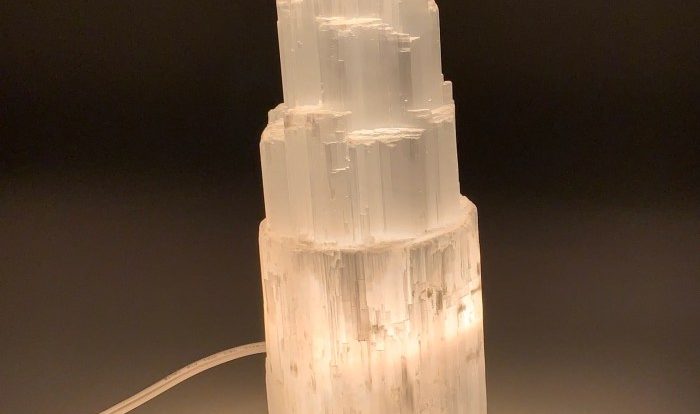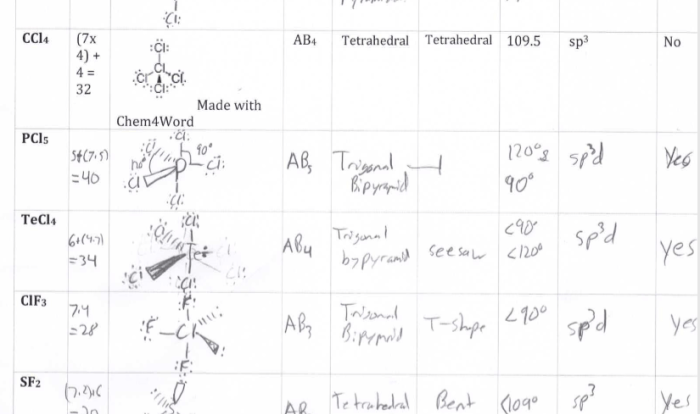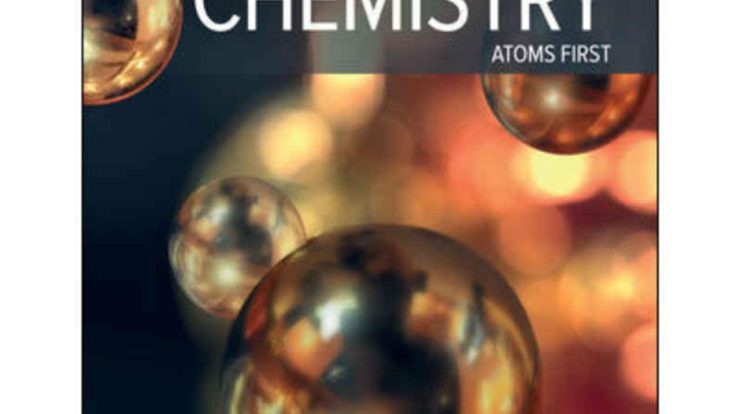Prepare to delve into the captivating world of ionic bonds, where positively charged ions meet their negatively charged counterparts in an electrifying dance. ionic bond gizmo answer key sets the stage for this enthralling narrative, offering readers a glimpse into a story that is rich in detail and brimming with originality from the outset.
From their fundamental nature to their remarkable properties and diverse applications, we’ll explore the fascinating realm of ionic compounds, unraveling the mysteries that lie within.
Ionic Bond Definition
Ionic bonds are chemical bonds that form between two oppositely charged ions, resulting in the electrostatic attraction between them. These ions are formed when one atom gives up one or more electrons to another atom, creating positively charged cations and negatively charged anions.
The attraction between the positively charged cations and negatively charged anions is what holds the ionic compound together. The strength of the ionic bond depends on the charges of the ions involved and the distance between them.
Formation of Ionic Compounds
Ionic compounds are formed when neutral atoms lose or gain electrons to achieve a stable electron configuration. Metals tend to lose electrons, forming positively charged cations, while non-metals tend to gain electrons, forming negatively charged anions.
For example, sodium (Na) has one valence electron, which it readily loses to achieve a stable octet of electrons. Chlorine (Cl) has seven valence electrons and needs one more electron to achieve a stable octet. When sodium loses an electron, it becomes a positively charged sodium ion (Na+).
When chlorine gains an electron, it becomes a negatively charged chloride ion (Cl-).
The sodium ion and chloride ion are attracted to each other by their opposite charges, forming an ionic bond. The resulting compound, sodium chloride (NaCl), is a stable ionic compound.
Properties of Ionic Compounds
Ionic compounds exhibit distinct physical and chemical properties due to the strong electrostatic forces between their oppositely charged ions.
Physical Properties
Ionic compounds generally possess high melting and boiling points. The strong ionic bonds require a significant amount of energy to overcome, resulting in these compounds’ stability at elevated temperatures.
Solubility
Ionic compounds exhibit varying solubility in different solvents. They are generally soluble in polar solvents, such as water, due to the ability of the solvent molecules to solvate the ions and weaken the electrostatic forces between them.
Electrical Conductivity
Ionic compounds conduct electricity when dissolved in water or melted. In aqueous solutions, the ions become mobile and can carry electric current. This property is attributed to the dissociation of the ionic compound into its constituent ions in the solvent.
Formation of Ionic Bonds
Ionic bonds are formed when atoms transfer electrons to achieve a stable electron configuration. This transfer results in the formation of positively charged ions (cations) and negatively charged ions (anions), which are attracted to each other by electrostatic forces.
The formation of ionic bonds typically occurs between atoms of metals and non-metals. Metals have a low electronegativity, meaning they tend to lose electrons easily, while non-metals have a high electronegativity, meaning they tend to attract electrons.
Ionic bond gizmo answer key. Got it. Oh, have you seen the recent news about headband x memory loss #2? headband x memory loss #2 ! Anyway, getting back to ionic bond gizmo answer key…
Step-by-Step Explanation of Ionic Bond Formation
- Electron Transfer:An atom of a metal loses one or more electrons to an atom of a non-metal.
- Ion Formation:The metal atom becomes a positively charged cation, while the non-metal atom becomes a negatively charged anion.
- Electrostatic Attraction:The oppositely charged ions are attracted to each other by electrostatic forces, forming an ionic bond.
For example, when sodium (Na) and chlorine (Cl) react, sodium loses one electron to chlorine, forming Na+ and Cl- ions, respectively. These ions are then attracted to each other by electrostatic forces, forming an ionic bond and the compound sodium chloride (NaCl).
Role of Electronegativity
Electronegativity is a measure of an atom’s ability to attract electrons. The greater the difference in electronegativity between two atoms, the more likely they are to form an ionic bond.
For example, sodium has an electronegativity of 0.9, while chlorine has an electronegativity of 3.0. This large difference in electronegativity makes it highly likely that sodium will lose an electron to chlorine, forming an ionic bond.
Examples of Ionic Compounds
Ionic compounds are formed when a metal loses one or more electrons to a nonmetal. The resulting ions are held together by electrostatic attraction. Ionic compounds are typically hard, brittle, and have high melting and boiling points. They are also good conductors of electricity when dissolved in water or melted.
Common Ionic Compounds
| Chemical Formula | Name | Common Uses |
|---|---|---|
| NaCl | Sodium chloride | Table salt |
| KCl | Potassium chloride | Fertilizer, food additive |
| CaCO3 | Calcium carbonate | Limestone, chalk |
| MgO | Magnesium oxide | Antacid, fertilizer |
| Al2O3 | Aluminum oxide | Sapphire, ruby |
Ionic compounds have a wide range of applications. Sodium chloride is used as a food additive and preservative. Potassium chloride is used as a fertilizer and food additive. Calcium carbonate is used in the production of cement, glass, and paper.
Magnesium oxide is used as an antacid and fertilizer. Aluminum oxide is used in the production of abrasives, ceramics, and electronics.
Applications of Ionic Compounds
Ionic compounds are extensively utilized across various scientific disciplines, including chemistry, physics, biology, and geology. These compounds possess unique properties that make them indispensable in a wide range of applications.
Batteries, Ionic bond gizmo answer key
Ionic compounds are the foundation of batteries, which store and release electrical energy. The electrodes in batteries are made of ionic compounds, and the electrolyte is typically an ionic solution. When a battery is connected to a circuit, the ions in the electrodes and electrolyte move, creating an electrical current.
Fertilizers
Ionic compounds are essential components of fertilizers, which provide nutrients to plants. The most common ionic compounds used in fertilizers are nitrates, phosphates, and potassium salts. These compounds supply plants with essential elements like nitrogen, phosphorus, and potassium, which are crucial for plant growth and development.
Construction Materials
Ionic compounds are used in the production of various construction materials, including cement, plaster, and glass. Cement is a mixture of calcium, silicon, aluminum, and oxygen ions. When mixed with water, cement forms a hard and durable material that is used in the construction of buildings, bridges, and other structures.
Plaster is a mixture of calcium sulfate and water. It is used to create a smooth and protective surface on walls and ceilings. Glass is a mixture of silicon and oxygen ions. It is used in the production of windows, bottles, and other transparent materials.
Biological Systems
Ionic compounds play a vital role in biological systems. For example, sodium and potassium ions are essential for maintaining the electrical balance of cells. Calcium ions are involved in bone formation and muscle contraction. Chloride ions are important for maintaining the fluid balance in the body.
Essential Questionnaire: Ionic Bond Gizmo Answer Key
What is an ionic bond?
An ionic bond is a chemical bond formed between two oppositely charged ions, typically a positively charged cation and a negatively charged anion.
How are ionic bonds formed?
Ionic bonds are formed when one atom transfers one or more electrons to another atom, resulting in the formation of positively and negatively charged ions.
What are the properties of ionic compounds?
Ionic compounds are typically hard, brittle, and have high melting and boiling points. They are also good conductors of electricity when dissolved in water.


